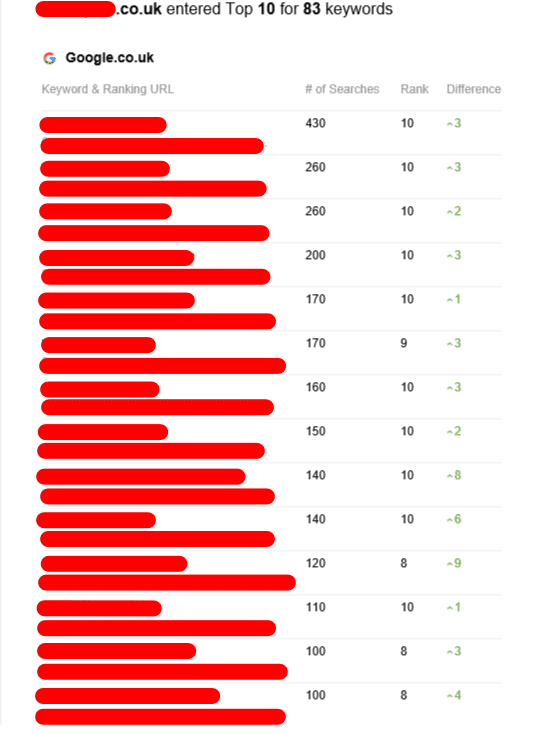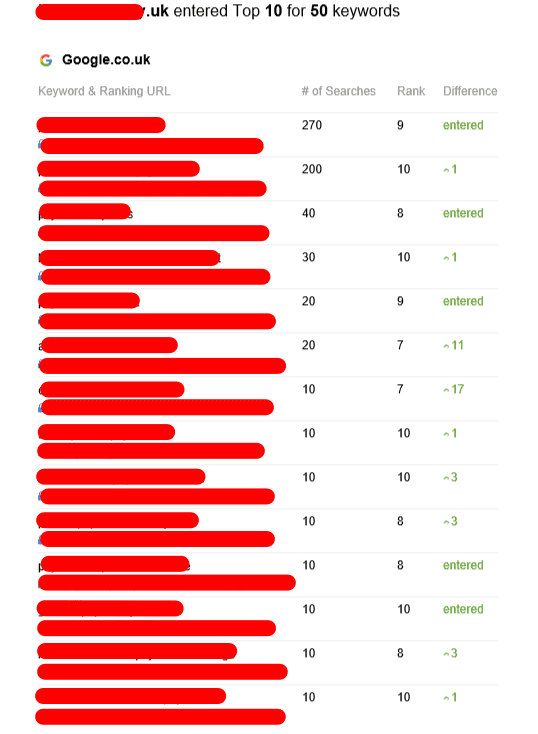
Pay-per-click (PPC) advertising has revolutionized the way businesses reach potential customers online. As a digital marketing strategy, PPC allows advertisers to display ads on search engines and social media platforms by paying a fee each time a user clicks on their advertisement. This model not only maximizes visibility but also ensures that advertisers can effectively allocate their budgets by only paying for actual engagement. In this article, we will delve into the intricacies of PPC advertising, its advantages, different types of PPC, best practices, and address common questions regarding this powerful marketing tool.
What is Pay-Per-Click Advertising?
PPC is an internet marketing model in which advertisers pay a fee each time one of their ads is clicked. It is primarily associated with search engine advertising, where advertisers bid on keywords relevant to their products or services. The ad appears alongside the search results as a sponsored link, driving traffic to the advertiser’s website.

Types of Pay-Per-Click Advertising
There are several types of PPC advertising channels that businesses can leverage to promote their products and services. Here are some of the most common:
- Search Ads: These are text-based ads that appear at the top of search engine results pages (SERPs). They are triggered by user queries that match the advertisers' chosen keywords.
- Display Ads: Typically visual in nature, these ads appear on websites throughout the Google Display Network. They can include images, videos, or animations and are aimed at increasing brand awareness.
- Social Media Ads: Platforms such as Facebook, Instagram, LinkedIn, and Twitter offer PPC advertising options that allow businesses to target specific demographics based on user interests, behaviors, and location.
- Shopping Ads: These ads are primarily used by e-commerce businesses and display product images, prices, and store names directly within the search results.
- Remarketing/Retargeting Ads: These targeted ads are shown to users who have previously visited the advertiser’s website but did not convert. The ads can be displayed across various sites within the Display Network or through social media.
| Type of PPC Ad | Description |
|---|---|
| Search Ads | Text ads in SERPs based on keywords. |
| Display Ads | Visual ads appearing on various websites. |
| Social Media Ads | Ads on platforms like Facebook and Instagram. |
| Shopping Ads | Ads featuring product images and prices. |
| Remarketing Ads | Ads targeting previous website visitors. |
Advantages of Pay-Per-Click Advertising
PPC marketing offers numerous benefits for businesses, including:
- Cost Control: Advertisers can set their budgets and control how much they spend daily, weekly, or monthly.
- Measurable Results: PPC platforms provide comprehensive reporting tools, allowing businesses to track their ad performance, assess return on investment (ROI), and make data-driven decisions.
- Targeted Reach: With detailed targeting options available, advertisers can reach specific audiences based on demographics, interests, behaviors, and even location.
- Instant Traffic: Unlike search engine optimization (SEO), which can take time to yield results, PPC can drive immediate traffic to websites upon launching a campaign.
- Enhanced Brand Awareness: Appearing at the top of search results increases visibility and can improve brand recognition, leading to higher chances of conversion in the long run.
Best Practices for PPC Advertising
To maximize the effectiveness of a PPC campaign, businesses should consider the following best practices:
Keyword Research: Conduct thorough research to identify relevant keywords and phrases that potential customers use when searching for products or services. Tools like Google Keyword Planner can provide valuable insights.
Ad Copy Optimization: Write compelling and concise ad copy that clearly highlights the benefits of the product or service. Include a strong call to action (CTA) to entice users to click on the ad.
Landing Page Relevance: Ensure that the landing page users are directed to is relevant to the ad. It should provide a seamless user experience and facilitate easy navigation.
Regular A/B Testing: Continuously test different ad variations to see which performs best. Experiment with different headlines, descriptions, CTAs, and even images or videos.
Monitor and Adjust: Regularly review ad performance metrics such as click-through rates (CTR), conversion rates, and cost per conversion. Use this data to tweak campaigns for better results.
FAQs about Pay-Per-Click Advertising
Q1: How much should I spend on PPC advertising?
A1: The budget for PPC advertising varies by industry, competition, and campaign goals. It's advisable to start with a manageable daily budget while evaluating performance, and then scale accordingly.
Q2: How long does it take to see results from PPC?
A2: Results from PPC advertising can be immediate. However, optimizing campaigns for peak performance can take time and requires ongoing monitoring and adjustments.
Q3: What is Quality Score in Google Ads?
A3: Quality Score is a metric used by Google to determine the relevance and quality of your ads, keywords, and landing pages. A higher Quality Score can lead to better ad placements and lower costs per click.
Q4: Can I run PPC ads without a website?
A4: While a website is ideal for PPC campaigns, you can run ads through platforms like Facebook that allow users to create dedicated landing pages within the platform itself.
Q5: Do I need professional help for PPC advertising?
A5: While it’s possible to manage PPC campaigns independently, many businesses benefit from the expertise of digital marketing agencies or professionals, particularly for complex strategies.
Pay-per-click advertising is a powerful tool for businesses looking to increase their online visibility and drive targeted traffic to their websites. Understanding the various types of PPC ads, their advantages, and best practices can help businesses maximize their marketing efforts. As the digital landscape continues to evolve, staying informed and adaptable will be critical for leveraging PPC effectively in reaching and engaging customers.








